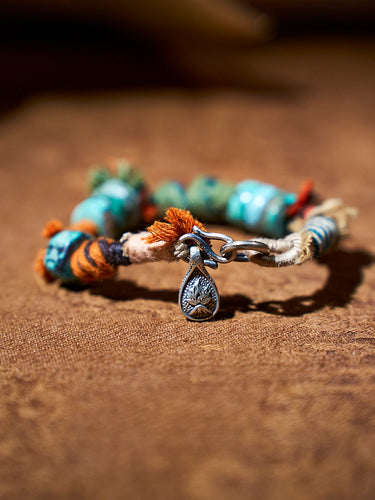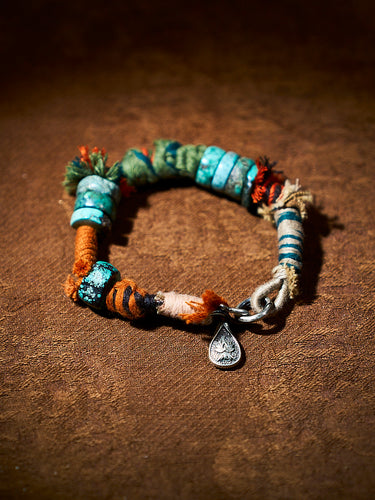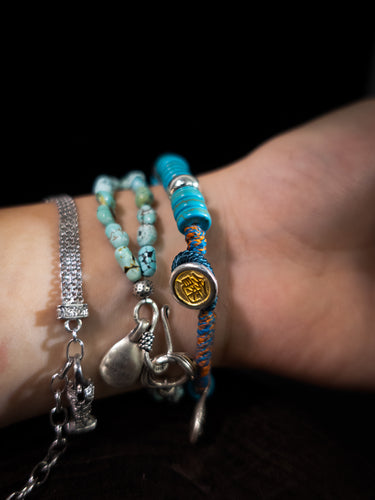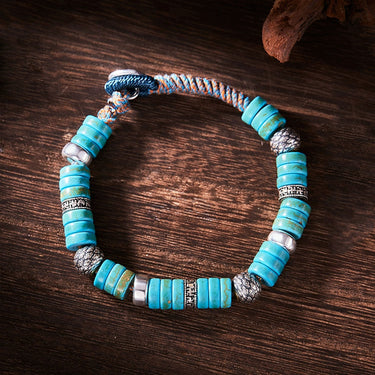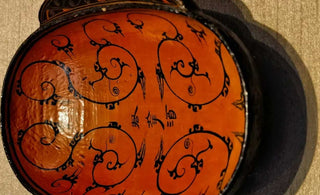
In the realm of classical Oriental art, there exists a captivating craft that embodies the essence of Chinese tradition and elevates the experience of tea drinking—the art of Chinese ear cups. These intricately designed cups hold deep cultural significance and play an essential role in traditional tea ceremonies. Join us on a journey as we delve into the history, symbolism, and craftsmanship of Chinese ear cups, exploring why they are indispensable to the art of tea.
The History of Chinese Ear Cups
The inception of Chinese ear cups can be traced back to ancient China, where they initially emerged as utilitarian objects. Over time, they evolved into elegant symbols of Chinese craftsmanship and culture. The unique feature of these cups, the ear-shaped handle, is not only functional but also holds aesthetic value, showcasing the blend of practicality and artistry in Chinese culture. Chinese ear cups have a rich history that dates back centuries. Rooted in the ancient traditions of Chinese tea culture, these cups have been cherished by tea enthusiasts and collectors alike. The art of crafting ear cups has been passed down through generations, with artisans honing their skills to create exquisite vessels that embody the spirit of Chinese aesthetics.The creation of Chinese ear cups is a testament to the skill and dedication of Chinese artisans. The process of crafting these cups requires precision and patience, from the careful shaping of the clay to the detailed painting and glazing. Each ear cup is a product of years of passed-down knowledge and skill, embodying the legacy of Chinese craftsmanship. In contemporary times, Chinese ear cups continue to hold cultural significance. They are sought after by collectors and tea enthusiasts worldwide, appreciated for their historical value and beauty. Modern artisans also continue to craft these cups, merging traditional techniques with contemporary designs, thereby keeping the tradition alive and relevant.
Tea Ceremony Symbolism and Meaning of Chinese Ear Cups
The design and use of Chinese ear cups reflect the broader philosophical and aesthetic principles of Chinese culture. They embody the Confucian ideal of balance and harmony, the Taoist appreciation for nature, and the Buddhist concept of mindfulness. In their elegance and simplicity, these cups represent the traditional Chinese aesthetic principle of finding beauty in understatement and functionality.Chinese ear cups are not just functional vessels; they are imbued with profound symbolism. Each element of their design carries a deeper meaning, adding layers of significance to the tea-drinking experience. The shape of ear cups is often round, symbolizing unity and harmony. This reflects the Chinese belief in the interconnectedness of all things and the pursuit of balance in life. The handle, typically in the form of a small loop, represents the cycle of life and the continuous flow of energy. The creation of Chinese ear cups requires meticulous craftsmanship and a deep understanding of ceramic or porcelain art. Artisans carefully select the finest materials known for their durability and ability to retain heat, ensuring that the tea remains at the perfect temperature. The shaping of ear cups demands precision and skill. Artisans use pottery techniques to mold the clay, creating delicate curves and proportions that define the cups. Each cup is a unique masterpiece, showcasing the artisan's mastery of form and function. The decorative elements on ear cups are a testament to the artistry of Chinese craftsmanship. Intricate patterns, motifs, and symbols are meticulously painted onto the surface of the cups, often drawing inspiration from nature, mythology, or auspicious symbols. These intricate designs enhance the cultural significance of the cups, making them not just vessels for tea but works of art in their own right.
The Role of Ear Cups in Traditional Tea Ceremonies
Tea ceremonies hold a special place in Chinese culture, representing a harmonious union of philosophy, aesthetics, and social customs. Chinese ear cups are essential components of these ceremonies, playing a pivotal role in the ritual of serving and enjoying tea. During a traditional tea ceremony, the host carefully selects and prepares the tea, paying attention to every detail. The tea is poured into the ear cups with grace and precision, symbolizing respect and hospitality. The cups are then passed among the participants, fostering a sense of connection and shared experience. As the participants hold the ear cups, they appreciate not only the tea's aroma and flavor but also the beauty of the cups themselves. The intricate designs and symbolic motifs on the cups elevate the sensory experience, creating a multisensory journey of taste, smell, touch, and sight. Chinese ear cups are an integral part of the revered Chinese tea culture. The act of drinking tea in China is not just a daily activity but a ritual that fosters social bonding, relaxation, and reflection. The ear cup, in this context, is more than a tea holder; it is a part of a ritualistic experience, enhancing the sensory pleasure of tea drinking and embodying the traditional Chinese values of harmony and balance. Chinese ear cups continue to captivate collectors, artists, and enthusiasts who appreciate the timeless beauty and cultural significance of classical Oriental art. These cups serve as gateways to the rich heritage and profound wisdom of Chinese tradition, allowing us to connect with the past while embracing the present. In recent years, there has been a resurgence of interest in traditional Chinese art and culture worldwide. Collectors eagerly seek out rare and exquisite ear cups to add to their collections, while artists draw inspiration from their designs and craftsmanship. Exhibitions and museums dedicated to Chinese art proudly showcase ear cups, introducing their cultural legacy to a global audience.
In conclusion, the cultural significance of Chinese ear cups is multifaceted, encapsulating the historical, artistic, and philosophical richness of Chinese culture. These cups are not merely functional objects but are symbolic artifacts that carry the legacy of a civilization, representing a deep connection to the past and a continuing relevance in the present. Through their use and appreciation, the tradition of Chinese ear cups continues to be a vibrant and cherished aspect of China’s cultural heritage. Their symbolism, craftsmanship, and role in traditional tea ceremonies make them essential elements of Chinese tea culture. As we appreciate the artistry and cultural significance of Chinese ear cups, we embark on a journey of sensory delight, connecting with the spirit of Chinese tradition and the timeless beauty of classical Oriental art.








